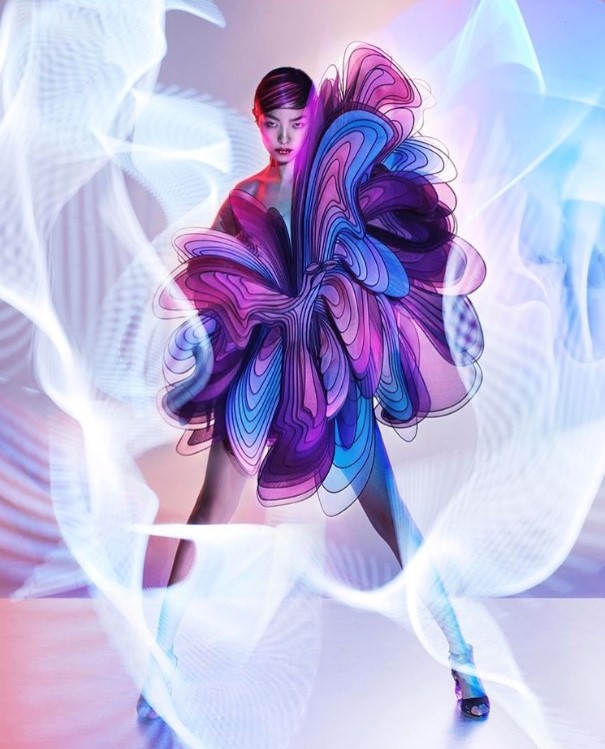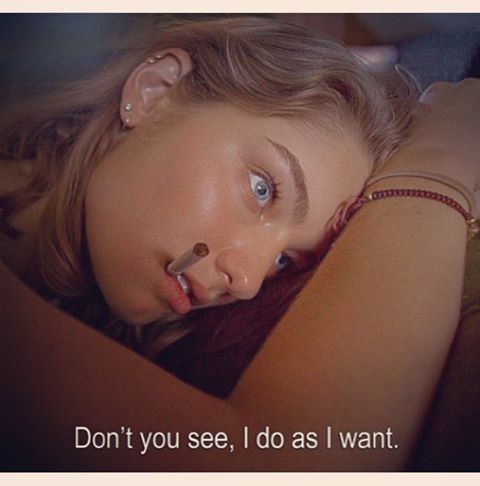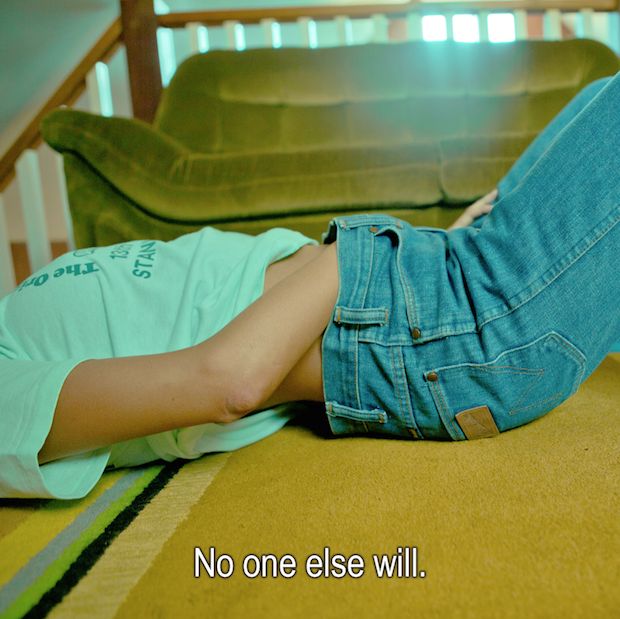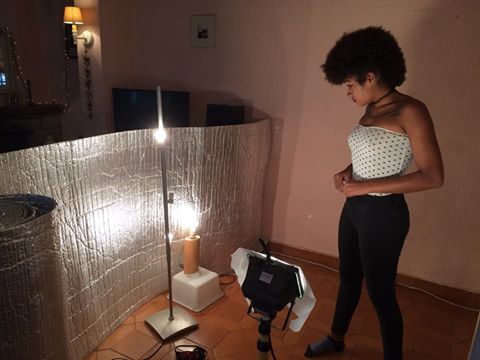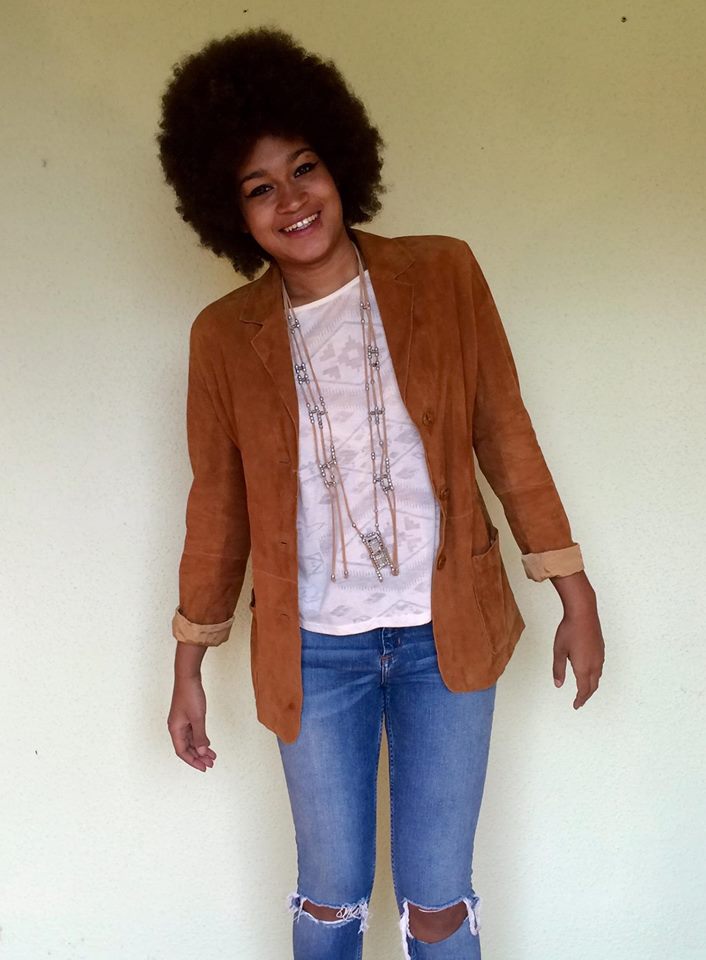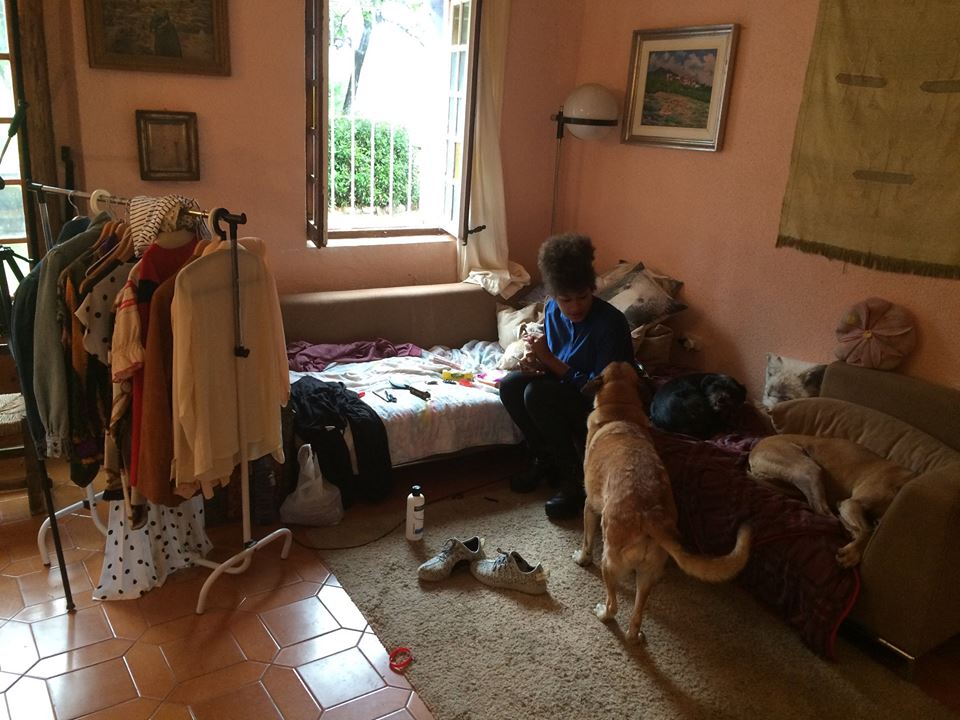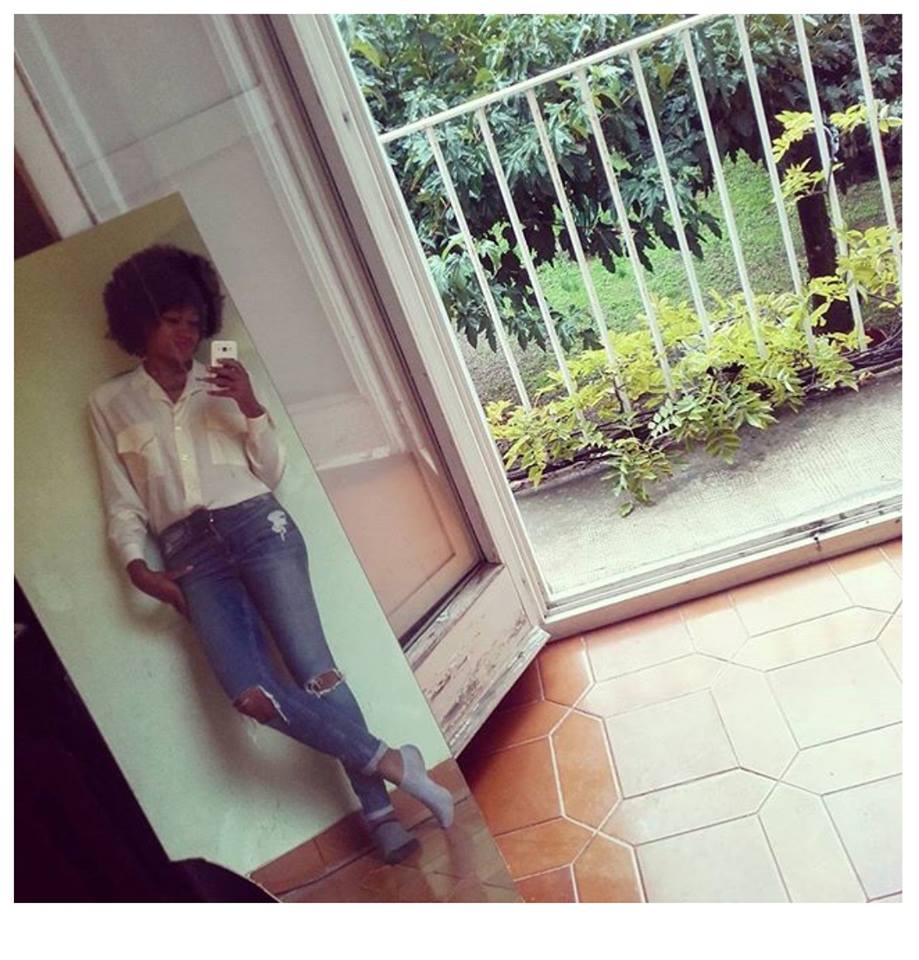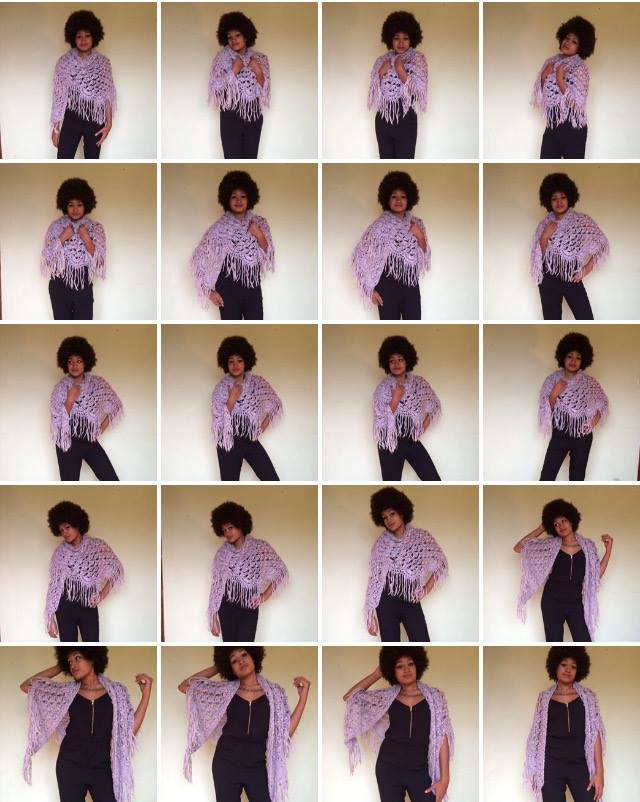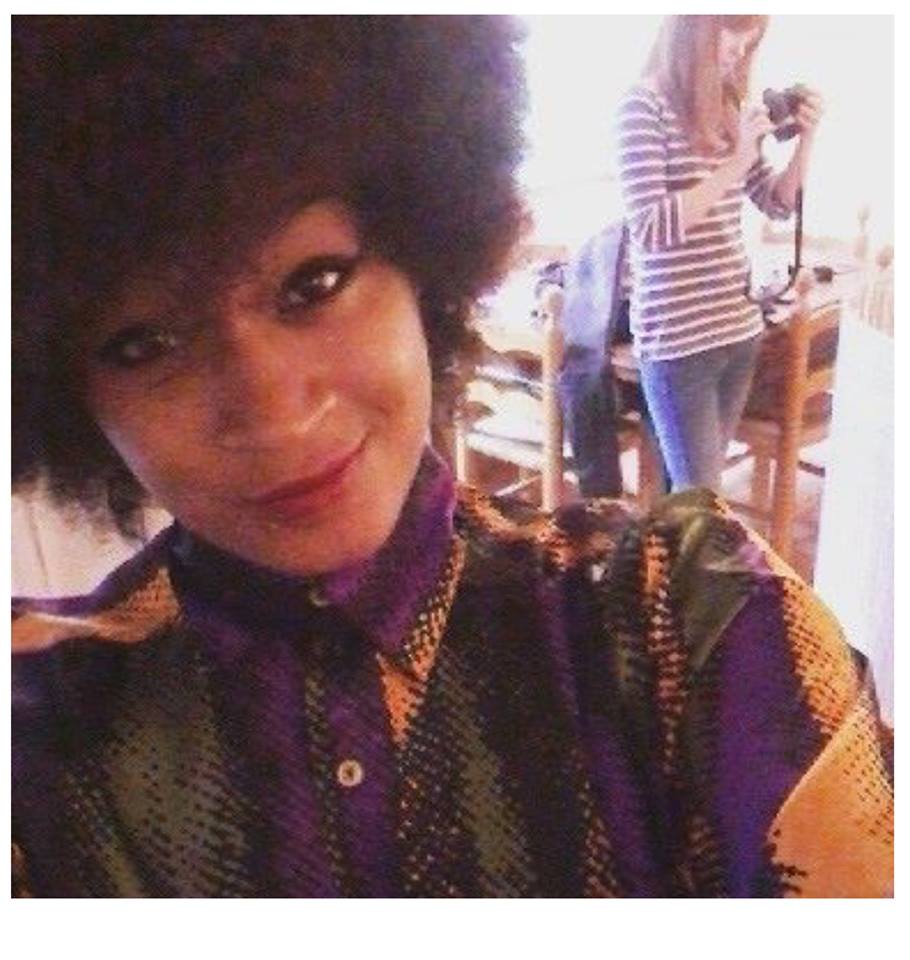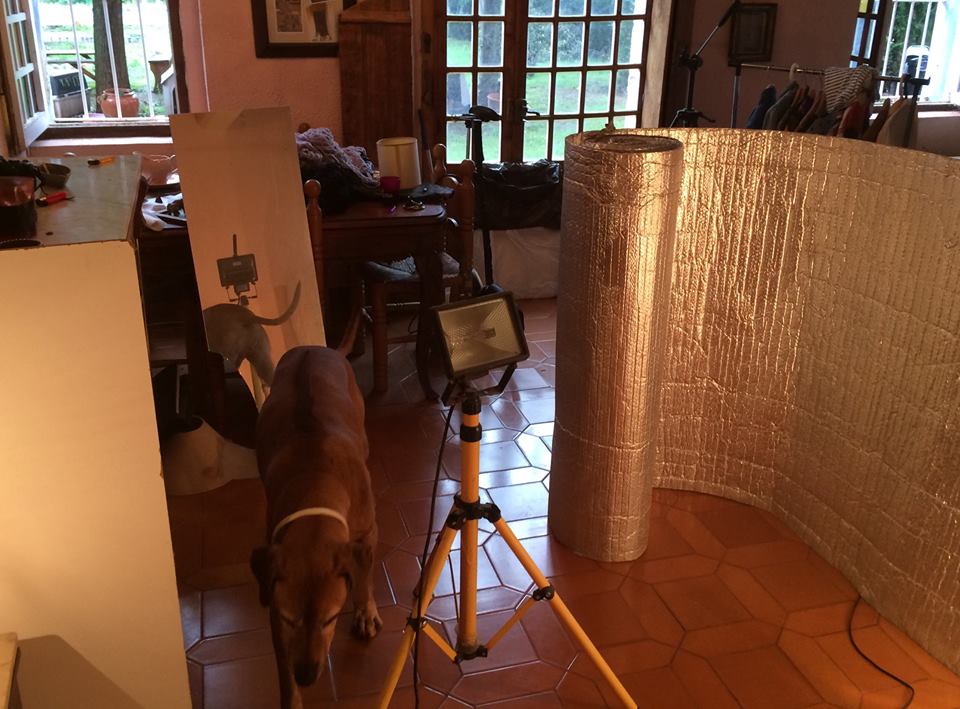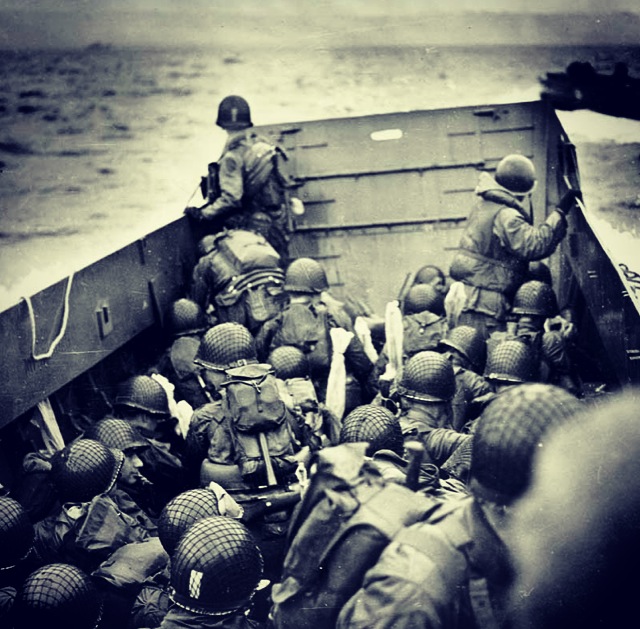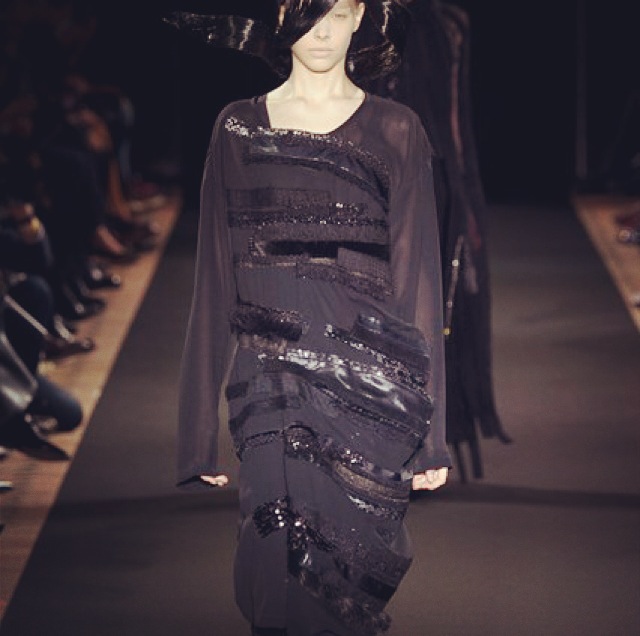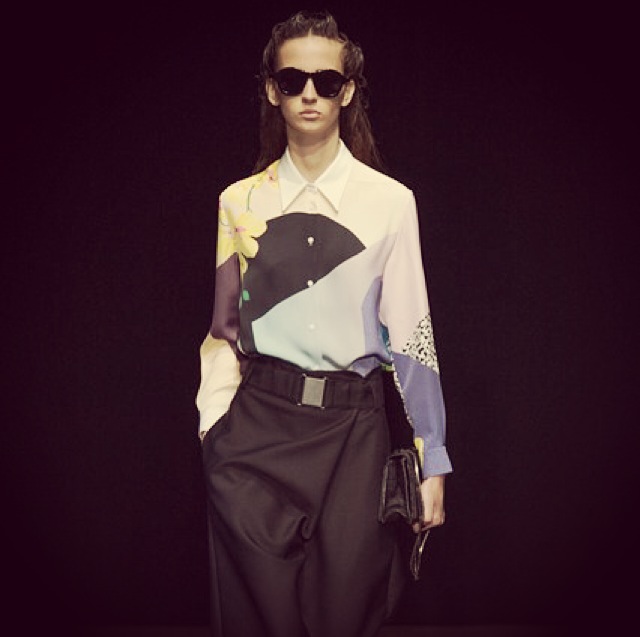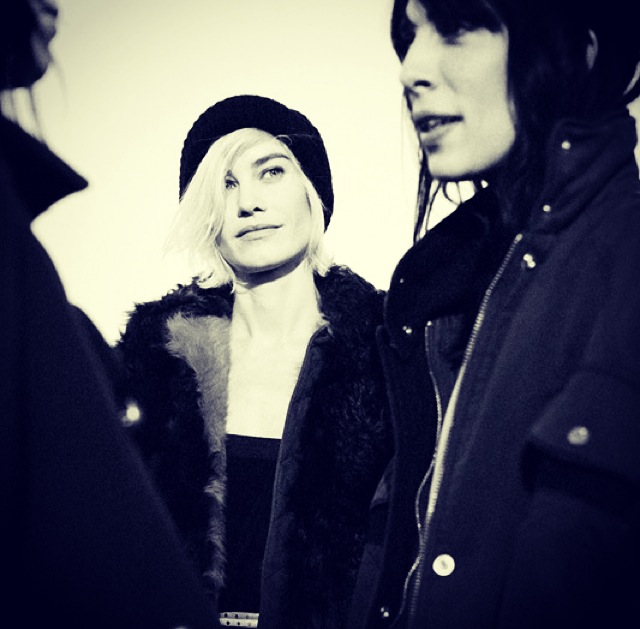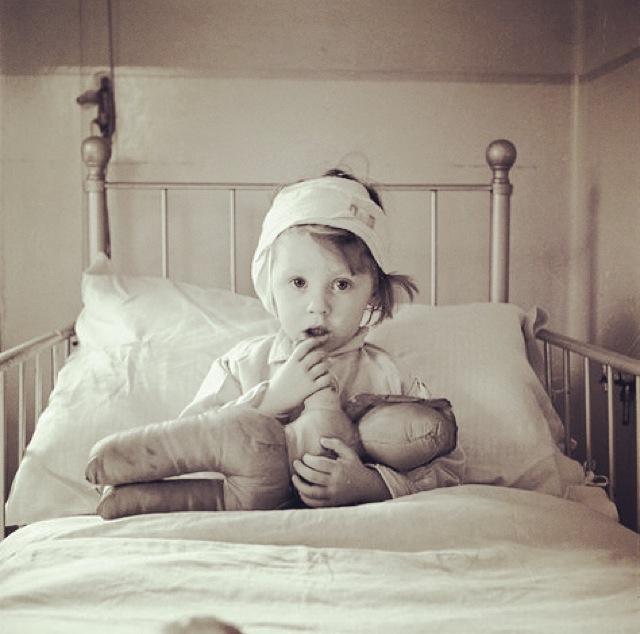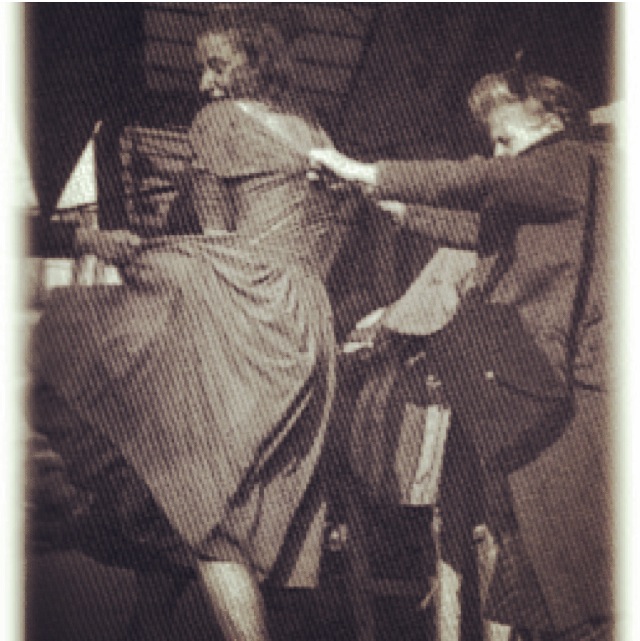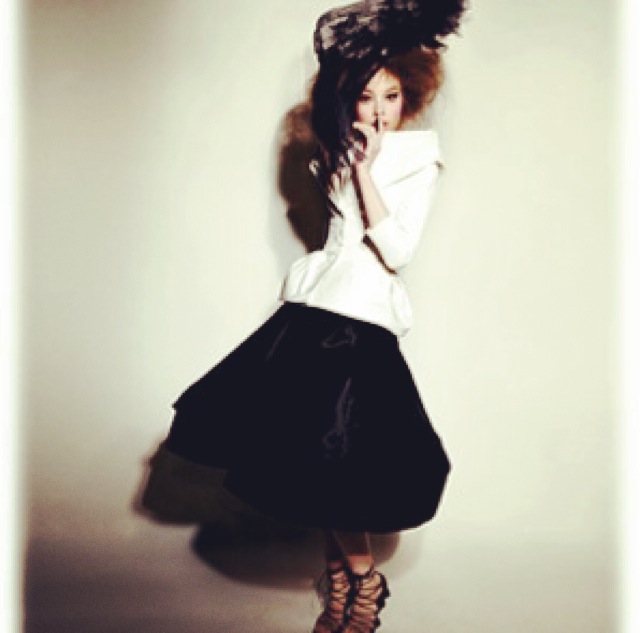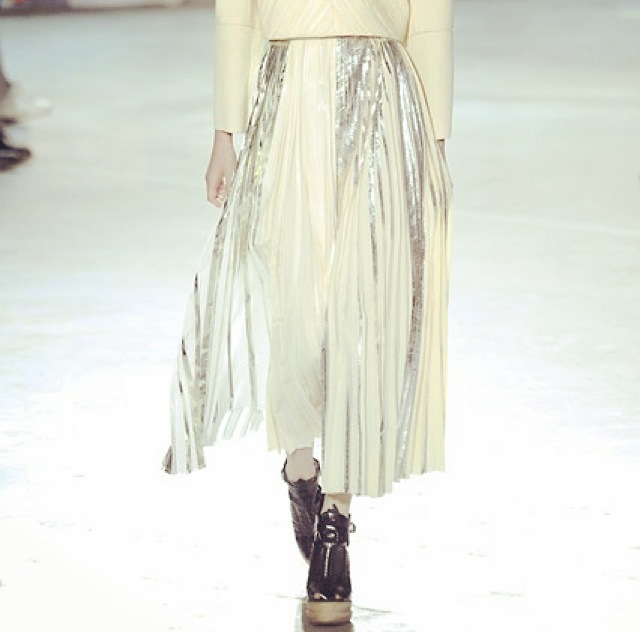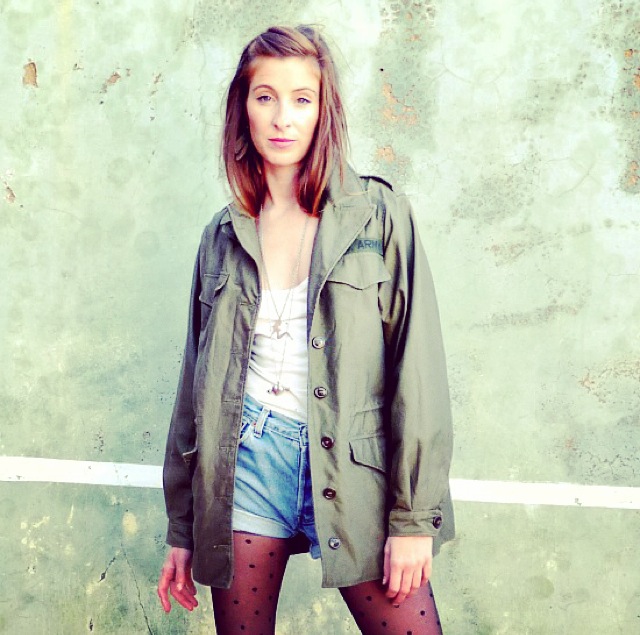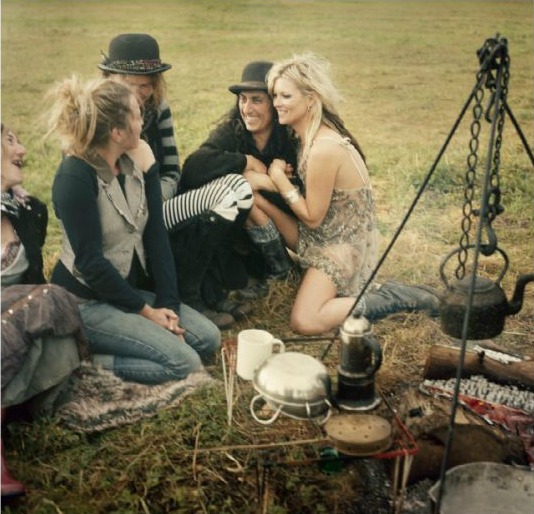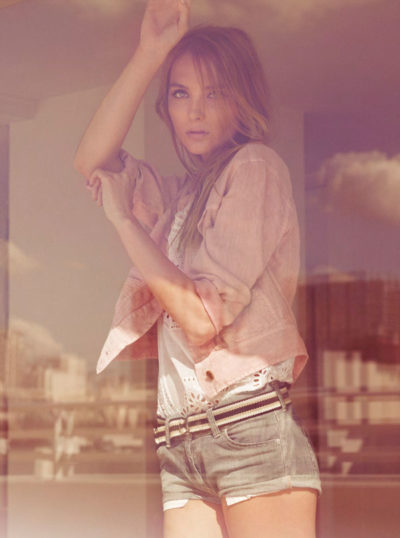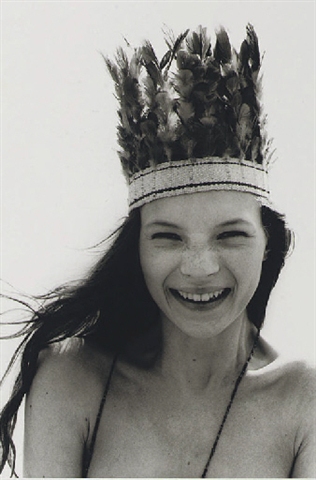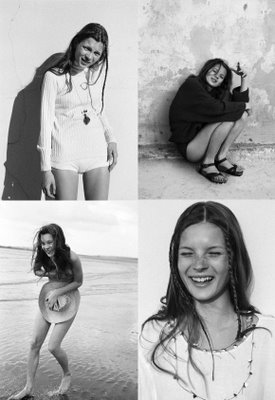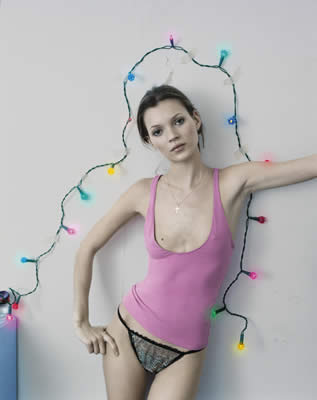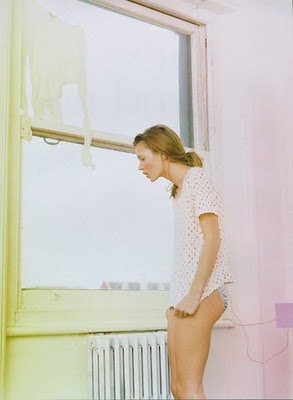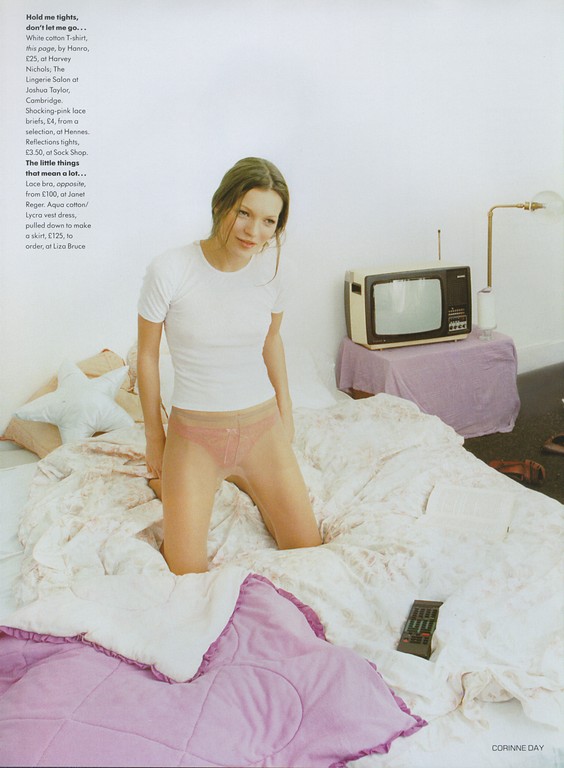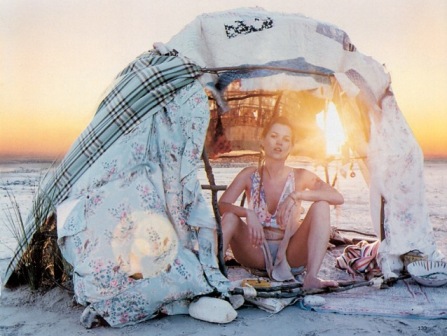The changing face of fashion photography
Guest post by Hafsa Hussain
In the fashion industry today, big changes have gradually occurred with the acceptance of all skin colours, body shapes and religions. No matter your background, the fashion industry is opening up to all possibilities and with the help of Edward Enninful, since becoming editor-in-chief of British Vogue at the end of 2017, he has pathed the way for creators of all genres to be part of the industry.
One young African American fashion photographer is making big strides in his career, in September last year Tyler Mitchell photographed Beyoncé at her most natural for American Vogue and has just premiered his first solo exhibition in Amsterdam at Foam. Tyler Mitchell is a talented man whose work is exploring his community and capturing people of colour. His photography style of inclusivity, vulnerability, natural and soft has many people adoring his images, including myself! Growing up I never thought the day would come when models wearing the hijab would be accepted in the top fashion magazines – globally. Tyler is already shaking the industry and I’m sure he has more to come! The exhibition will run until 5 June 2019 at Foam Fotografiemuseum in Amsterdam.
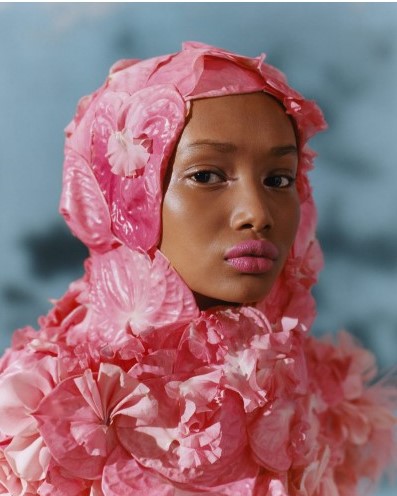
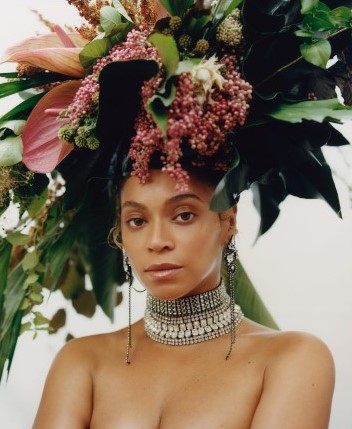
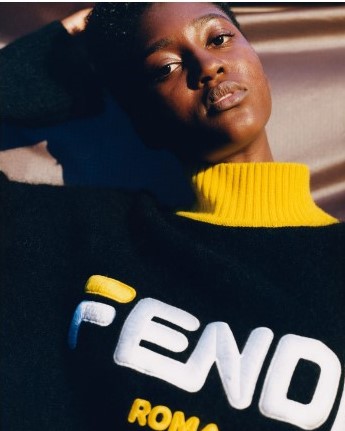
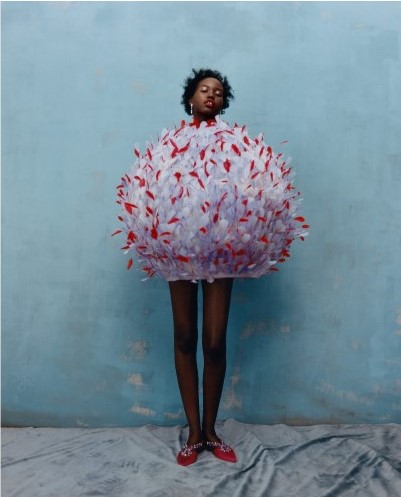
Tyler Mitchell @tylersphotos
Brooklyn based fashion photographer, Renell Medrano gained popularity online showcasing raw and intimate images with Instagram icons and celebrities like Bella Hadid, Kylie Jenner and is responsible for ASAP Ferg’s album covers. Starting off with film cameras, her touch of colour and impulsivity has attracted a lot of admiration on Instagram and the fashion industry alike. The March 2019 issue of Office Magazine shot Solange for their maggazine cover and had all her followers celebrating her body of work. Renell’s style of photography has a way of capturing the youth beautifully in motion for future generations to see.
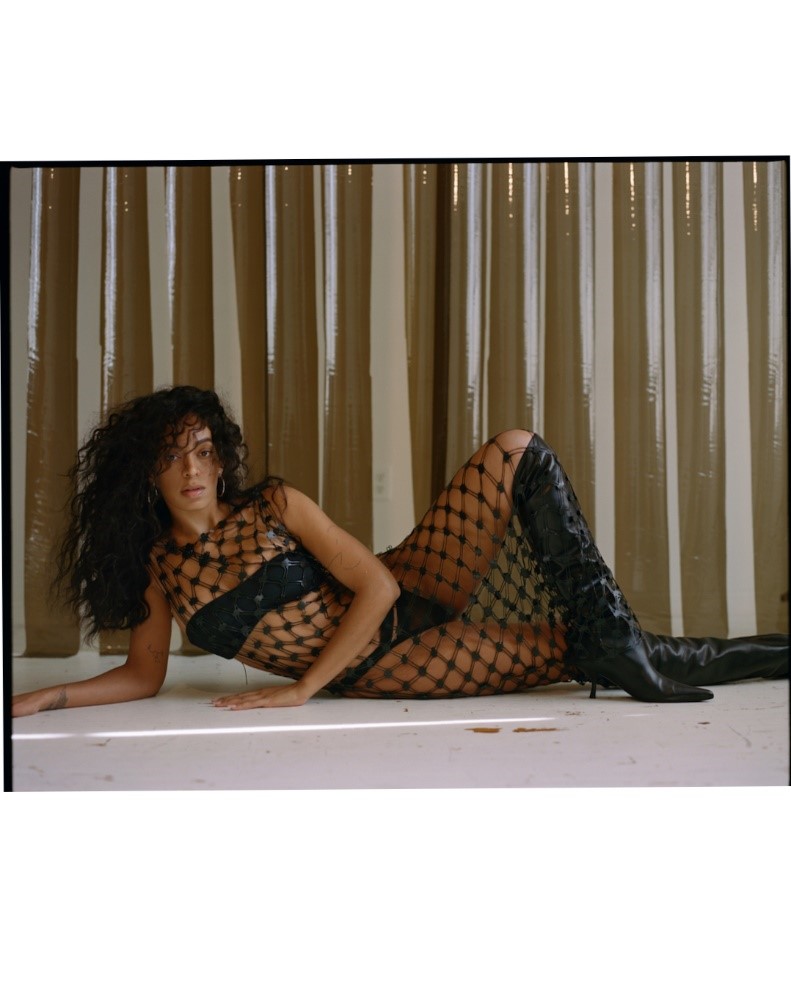
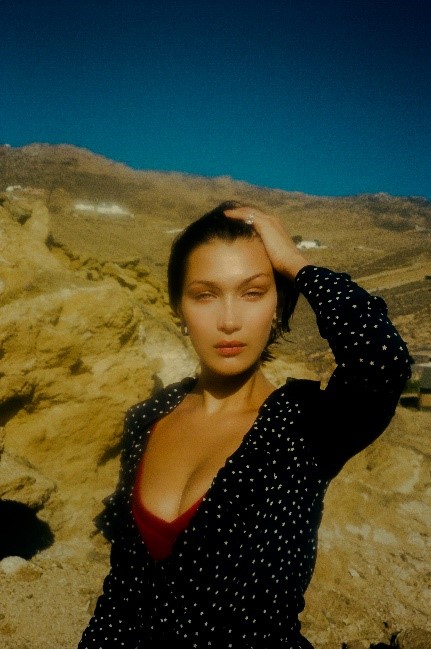
Renell Medrano @renellaice
Anastasiya Lisitsyna, from Russia, is a fashion photographer whose photos are wonderfully cinematographic, romantic and tender. She creates a moment in time playing with the natural light and sensuality on the skin of the model with a warm soft tone. Anastasiya’s work has been inspired a little by the French New Wave film movement and creates a beautiful and strong body of work. She allows the viewers to experience the closeness and tranquillity in her chosen women who have something to say.
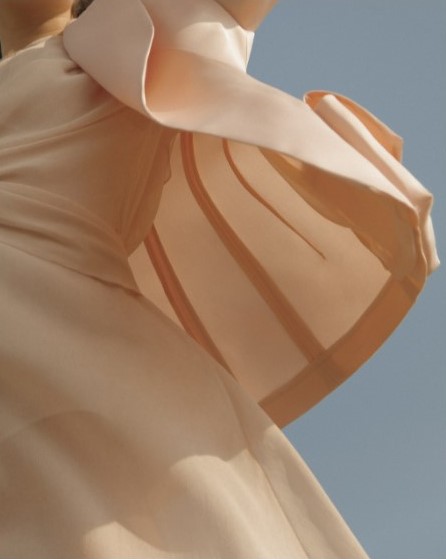
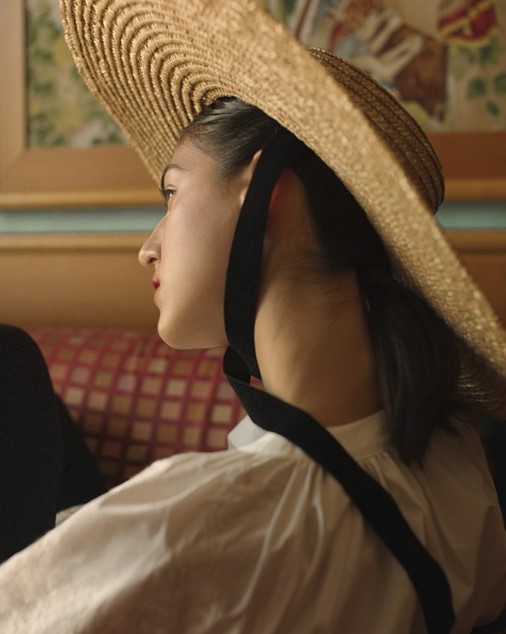
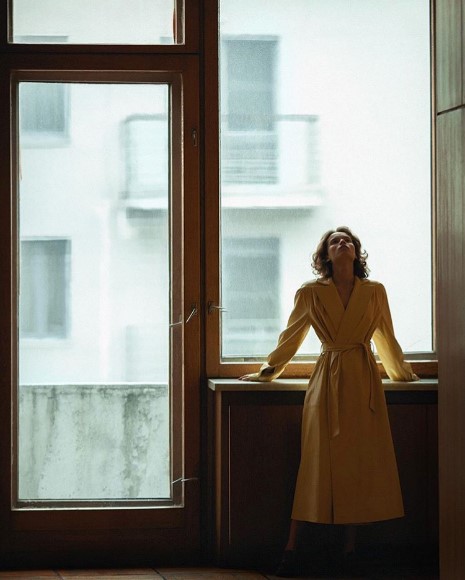
Anastasiya Lisitsyna @anastasia.lisitsyna
Furthermore, as we are talking about fashion photography the icons must be included. The British fashion photographer Nick Knight has always been powerful when pushing the boundaries and creating beautiful and innovative imagery. He has worked with an endless stream of A-listers and models globally including Kate Moss and Rihanna. Not limiting himself, Nick founded SHOWStudio which explores moving imagery and has revolutionised the industry pathing the way for new generations to take inspiration. His most recent work includes models Gigi Hadid and FieFie Sun on the first cover issue of Vogue Hong Kong in March, which was phenomenal and ground-breaking.
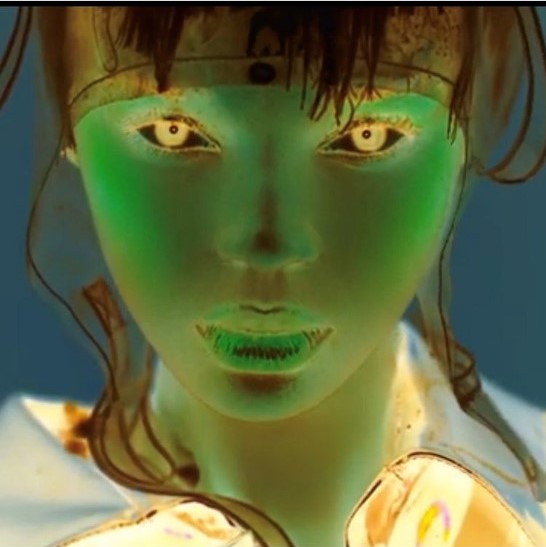
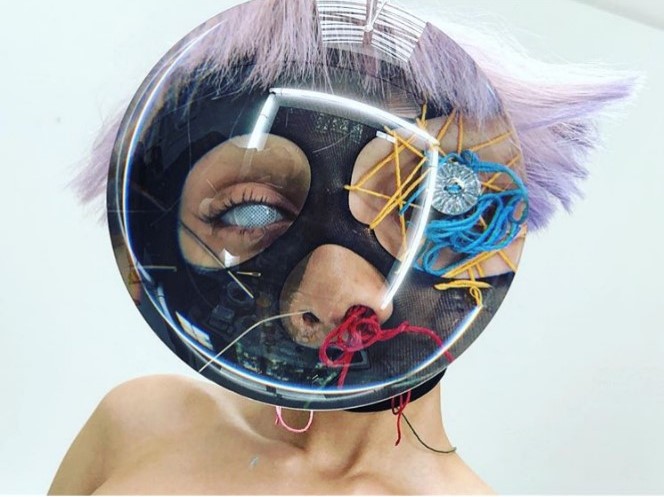
Nick Knight @nick_knight @showstudio
Follow Hafsa on Instagram @hafsahussainphotography
